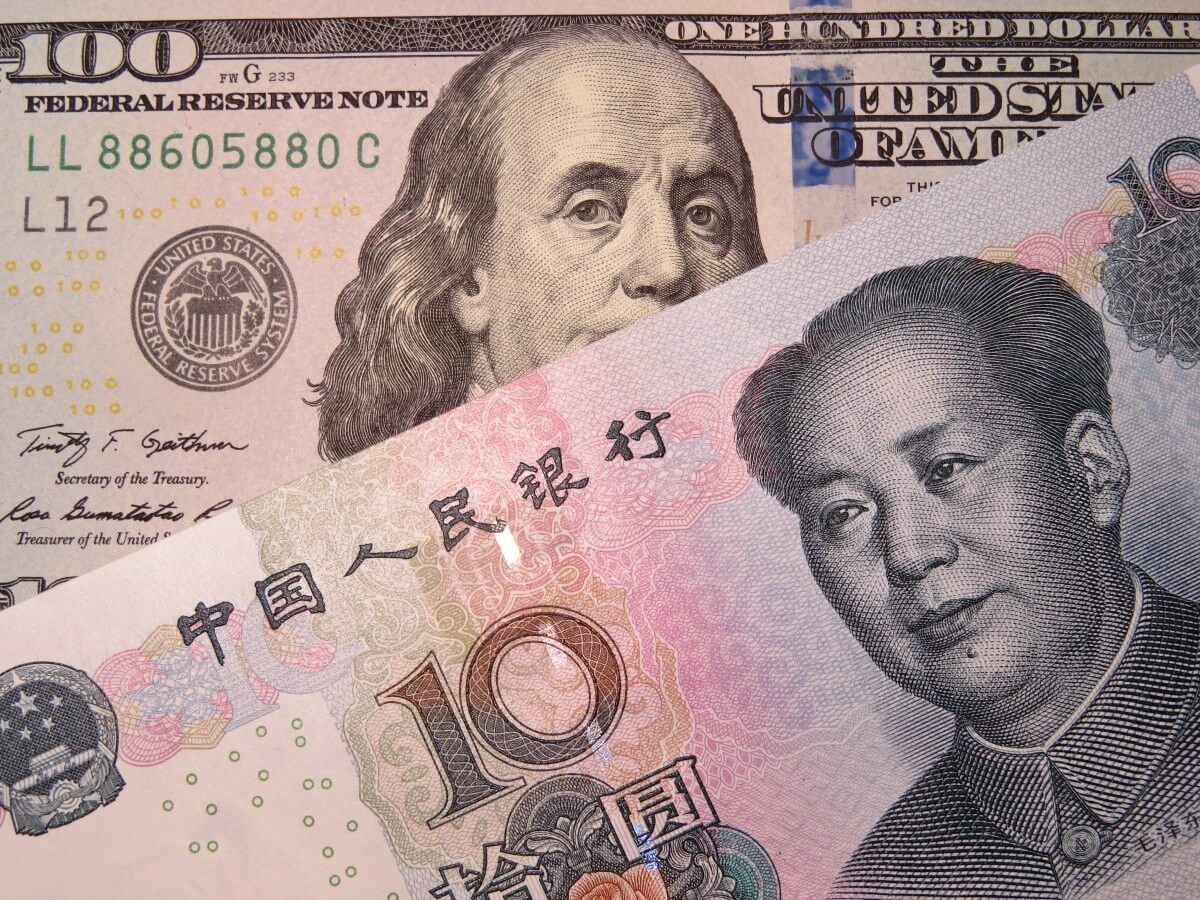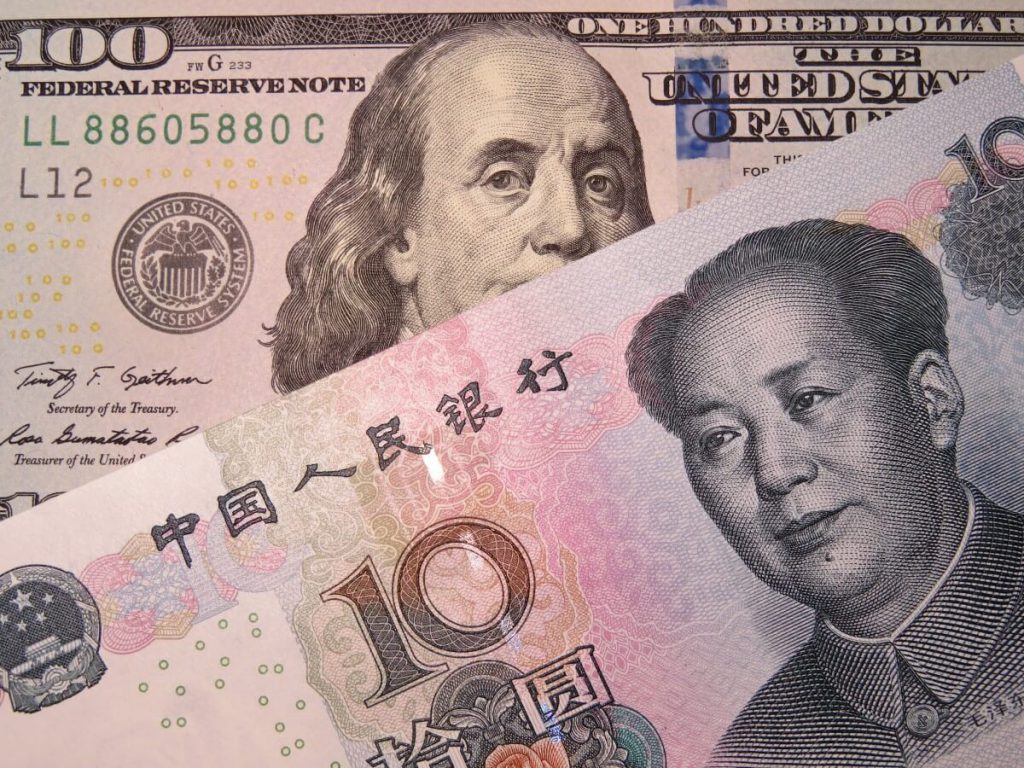
Yen slides past the 1998 low
The Japanese yen sank to a 24-year low against the US dollar as one of the greatest US bond selloffs in decades exacerbated the interest rate differential between the US and Japan. In New York trading Tuesday, the currency plunged as much as 0.8 percent to 135.45 per dollar, breaking through the 135.19 thresholds for the first time since 1998. US Treasury yields rose more on Tuesday, and traders speculated that the yen could test other significant levels, such as 140 if the Bank of Japan did not intervene to stop its slide.
The yen’s rise has been fueled by the widening monetary policy gap between Japan and the United States. The Federal Reserve expects to increase its key benchmark rate by three-quarters of a percentage point on Wednesday, the most significant single move since 1994. In contrast, the Bank of Japan, which meets this week, has used bond purchases to keep yields low. The implied yen has reached its highest level since the pandemic’s inception, owing to concerns about the global economy and the Japanese central bank’s strict yield-curve control strategy.
Among developed-country central banks, the Bank of Japan is the only one that has refused to withdraw support from its bond market through so-called quantitative tightening. Instead, it has maintained local yields fixed to the floor to stimulate the economy.
Since Friday, the sharp bond selloff in the United States has widened the gap with Japan, pushing 2-year US Treasury rates up by more than 60 basis points in three days to 3.43 percent. With similar Japanese yields still below zero, the yield spread between the two is at its biggest since 2007, providing an incentive for investors to shift funds to the US. If the Fed raises rates by 75 basis points as predicted on Wednesday, the dollar may appreciate more, depending on what the BOJ does.
The EUR/USD decreased by -0.0005. The euro fell for Tuesday’s fourth day in a row, reaching a new four-week low. The dollar surge weighed on the EUR/USD, as did weaker-than-anticipated Eurozone economic statistics as the German Jun ZEW expectations of economic development index climbed less than predicted.


